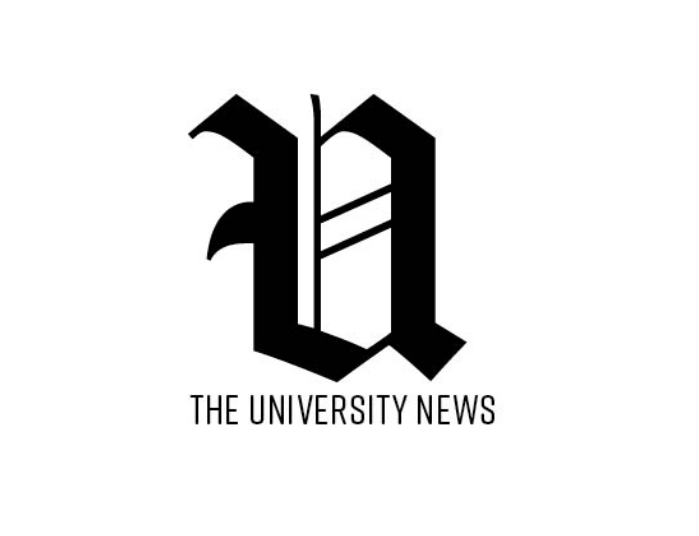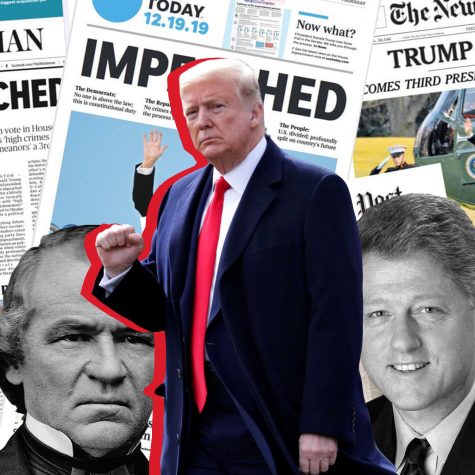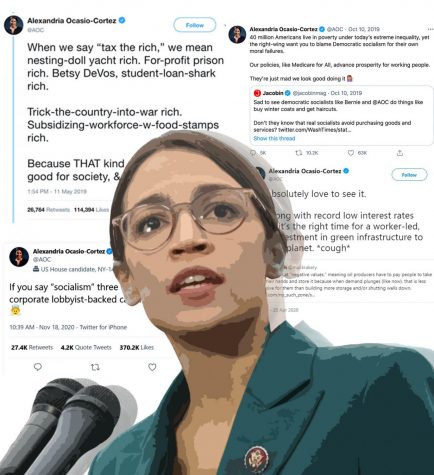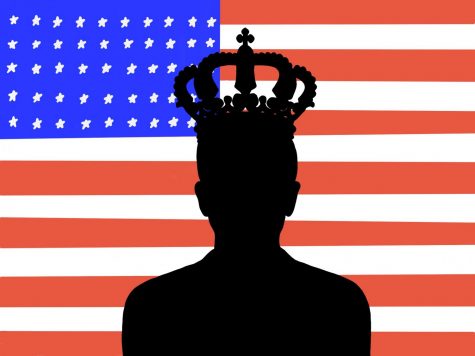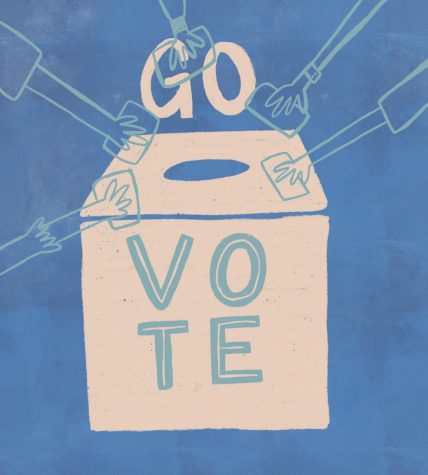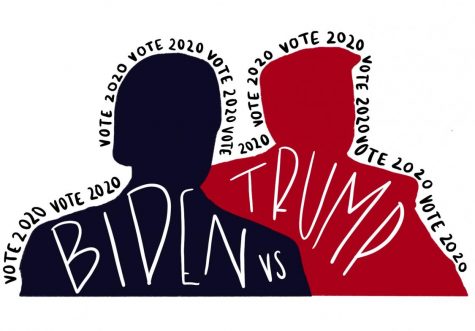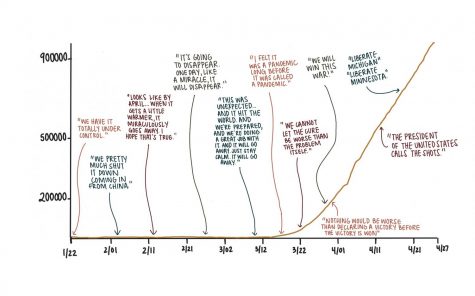What the Media Can Learn from 2016
In 2016, one of the major developments was the changing nature of political media in the face of increasing use of social media and “alternative” news platforms. Media entities reliant on traditional forms of publishing journalism—print media, television, radio—began feeling pressure to adapt, and to find new ways to attract consumers to their content. In addition, increasing political polarization and division over domestic issues meant that media outlets increasingly came to be seen as either being generally on the political right or left. This perception was amplified when Donald Trump became the Republican frontrunner, despite being universally dismissed by the “mainstream” media pundits—except of course for Fox News. Many of Trump’s supporters accused the media of being part of some sort of vast, left-wing conspiracy to unfairly smear Trump.
But here’s the problem: the media was biased against Trump in 2016. When he first entered the primary in 2015, he was met with universal scorn by the pundit class, and his campaign was dismissed as a sideshow meant to boost Trump’s personal brand. That may be true, but the media’s mistake was believing that the rest of the country felt the same way. Clearly, it did not. Their arrogance backfired, and Trump’s populist message of “America First” resonated with large sections of the electorate.
The media’s first mistake was to not take Trump and the populist anger he represented seriously. Their second mistake was to reverse course after it became clear that Trump would be a real contender in the primary. We know from Politico reporting on the personal accounts of Hillary Clinton staffers and memos sent to the DNC that the Clinton campaign instructed their allies in the media to present Trump (as well Cruz and Carson) as more preferable than Jeb Bush, who they really feared, believing a Trump-like candidate would be easy to beat. The Clinton camp even went so far as to hold off on attacking Trump during the primary in an effort to harm the establishment candidates. In addition, the imperative of the media companies to attract consumers meant that all Trump had to do to get free advertising was something outrageous, knowing that the voters he needed to win the primary already believed the media was biased against conservatives.
See, the media’s mistake with Trump ultimately was that although most of their coverage of him was negative, he was the only candidate in 2016 who represented the sort of anti-establishment message that so many voters wanted to see. Well, except of course for Vermont Senator Bernie Sanders, an Independent who ran as a Democrat, and is doing so again in 2020. But while the media had reasons to cover Trump, they had every reason to ignore Sanders, who represented an anti-establishment movement on the Left. Not only did Sanders have a “radical” agenda based on progressive values and pro-worker policies, but he was willing to call out the corrupt politicians and their donors by name.
In 2020, the media is not going to make the same mistakes. Although they’ve been forced by his successes in 2016 to cover Sanders more, it’s clear that Biden has received the lion’s share of coverage despite raising less money and having fewer volunteers than Sanders and others. In addition, when you look at how positive the media’s coverage of the candidates are, it’s clear that there’s a handful the pundit class pretty unanimously likes, including Mayor Pete and Amy Klobuchar, and at least one, Tulsi Gabbard, that they unanimously hate. Instead of totally ignoring Bernie or having wall-to-wall negative coverage of him, they’ve simply chosen to cover other candidates more and better than him.
But if the media are all liberals, why would they be propping up the more conservative candidates in the race? I would argue because the media in general does not have a liberal bias, they have an establishment bias. Many people who are on these cable shows or who write these editorials used to be politicians and/or work for one of the two parties. They’re friends with the people in power, or if not, they desperately want to be, at least so they can drag some vaguely familiar face on their show from time to time. Everything the media did in 2016—ignoring Sanders, cynically propping up Trump, etc.—was with the goal of getting Hillary elected President. Ironically, if they’d just covered Bernie and Trump fairly, a Democrat named Sanders might be president now instead of Trump.
Your donation will support the student journalists of Saint Louis University. Your contribution will help us cover our annual website hosting costs.



